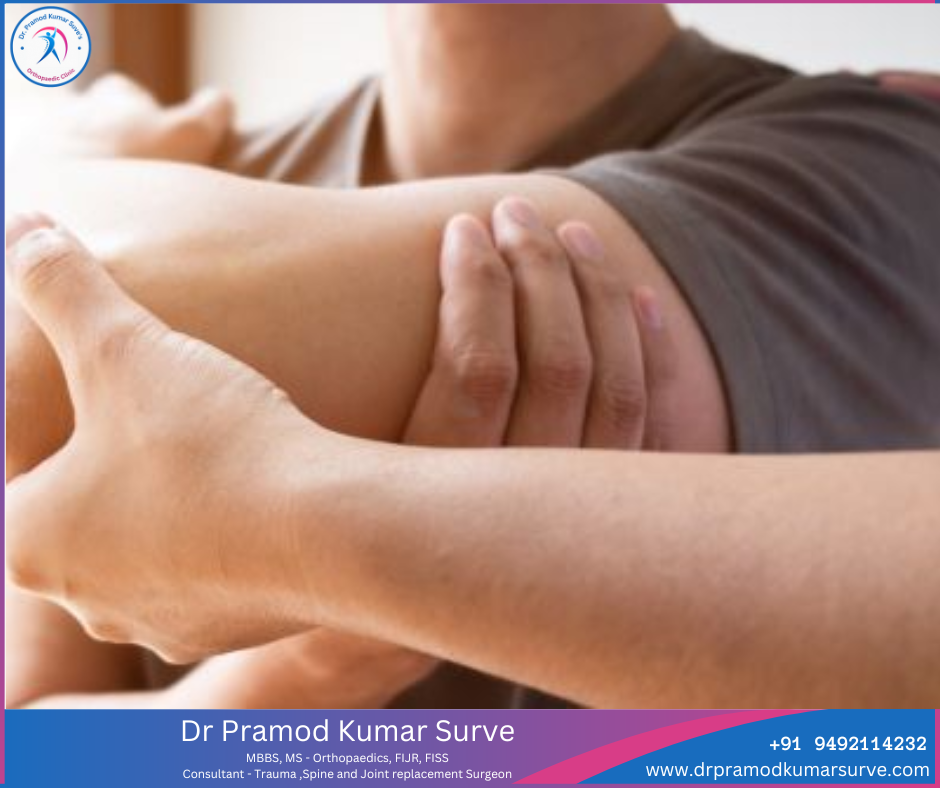When you undergo a shoulder surgery procedure, it is important to know the risks. By setting goals for what you expect to achieve from the surgery with the help of an experienced surgeon, together you can determine whether the surgery was a success or not.
If non-surgical treatments have not successfully treated your shoulder symptoms, then surgery may be required. Usually, this will be performed by open surgery or by shoulder arthroscopy (keyhole surgery). According to a review, these carry between a 5% and 30% failure rate.
So, what are the main symptoms of a failed shoulder surgery? What are the main causes? And what happens next? Read on…
Symptoms of a failed shoulder surgery
Symptoms of a failed shoulder surgery will vary by the type of surgery, the individual, as well as the surgeon and their technique. Certainly, some swelling and discomfort is to be expected following surgery. However, when symptoms linger on, or if the same symptoms experienced before surgery reappear after full recovery time, they can be an indication of a failed surgery.
Typical symptoms of a failed shoulder surgery can include:
- Persistent pain in the joint that does not improve with medication
- Swelling of the joint
- Reduced mobility around the shoulder
- Muscle weakness or atrophy
- Popping, grinding or clicking sounds on moving the joint
Causes of failed shoulder surgery
Normally, the main goals set by a surgeon carrying out shoulder surgery will be to reduce pain and swelling, restore range of movement in the joint, improve strength, and restore function.
According to one study, more than 80% of surgical failures for shoulder instability are associated with bone loss. Also, soft tissue quality and soft tissue lesions can affect the surgery’s success. Additionally, dense scar tissue can cause symptoms but also new injuries to the shoulder after surgery. Another factor is the experience of the surgeon, as there is always the risk of a technical error.
Revision surgeries carry a higher risk of failure and can lead to more functional complications. However, it can depend how much damage the joint has sustained. In some cases, there is no obvious cause and your surgeon may organise imaging to check the bones and tissues around the shoulder.
Treating failed shoulder surgeries
Procedures may be carried out on the rotator cuff, the labrum or the biceps tendon—that all carry different failure rates with different treatment options. For example, a severe rotator cuff tear treated by arthroscopic repair requires commitment to a rehab plan that can take up to 12 months.
Failure of tendon healing is common, sometimes due to biological reasons or inappropriate post-operative rehab. For patients limited by pain, a revision surgery, either keyhole or open surgery may be indicated. A young person with a repairable lesion can experience improved function of the shoulder. However, the risk of a retear may be high. Alternatively, conservative treatment options may be used to treat failed rotator cuff surgery, particularly when treating poor range of motion.
